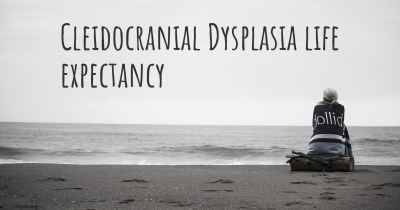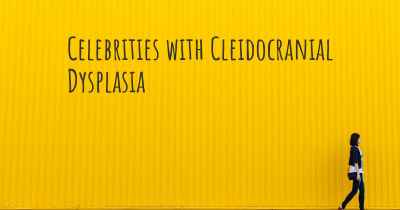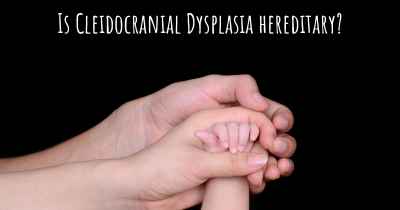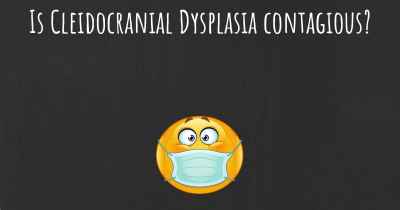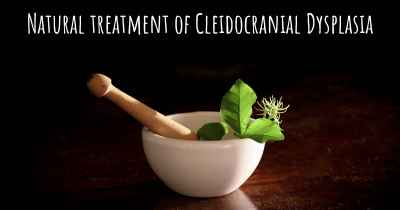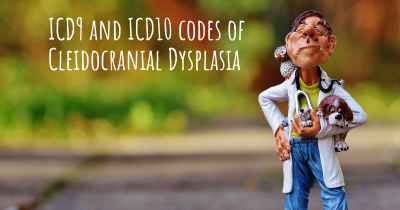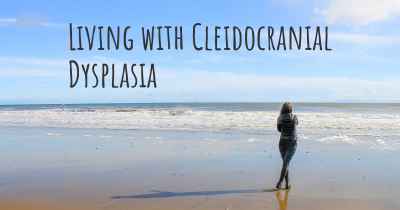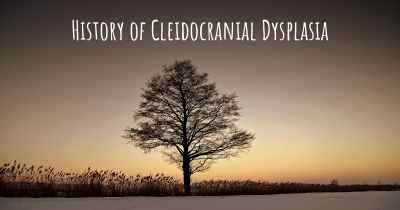Cleidocranial Dysplasia diet. Is there a diet which improves the quality of life of people with Cleidocranial Dysplasia?
Are you aware of a diet that can improve the quality of life of people with Cleidocranial Dysplasia? Is there a diet that is suggested to avoid when having Cleidocranial Dysplasia? See if there is a diet that can improve the quality of life of people with Cleidocranial Dysplasia, recommended and to avoid food when having Cleidocranial Dysplasia
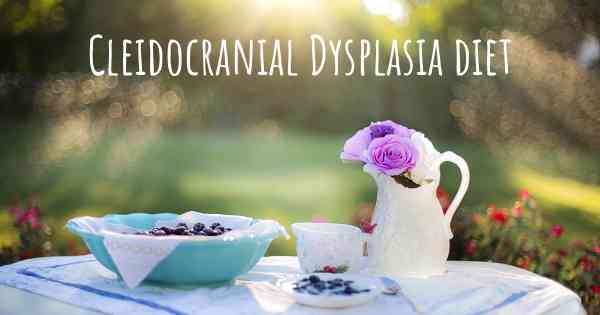
Cleidocranial Dysplasia Diet: Improving Quality of Life
Cleidocranial Dysplasia (CCD) is a rare genetic disorder that affects the development of bones and teeth. While there is no specific diet that can cure or reverse CCD, maintaining a healthy and balanced diet can significantly improve the quality of life for individuals with this condition.
Importance of Calcium and Vitamin D
One of the key aspects of managing CCD is ensuring adequate intake of calcium and vitamin D. These nutrients play a crucial role in bone development and strength. Foods rich in calcium include dairy products like milk, cheese, and yogurt, as well as leafy green vegetables, tofu, and fortified plant-based milk alternatives. Vitamin D can be obtained from sunlight exposure, but dietary sources such as fatty fish (salmon, mackerel), egg yolks, and fortified cereals can also contribute to meeting the recommended daily intake.
Protein and Nutrient-Rich Foods
Protein is essential for the growth and repair of tissues, including bones. Including lean meats, poultry, fish, eggs, legumes, and nuts in the diet can provide a good amount of protein. Additionally, consuming a variety of fruits, vegetables, whole grains, and healthy fats (such as avocados, olive oil, and nuts) ensures a well-rounded intake of essential nutrients.
Oral Health and Soft Foods
Individuals with CCD often experience dental abnormalities, such as delayed eruption of permanent teeth or missing teeth. Maintaining good oral hygiene and visiting a dentist regularly are crucial. Consuming soft foods, such as mashed potatoes, cooked vegetables, soups, and smoothies, can help individuals with dental issues to comfortably meet their nutritional needs.
Hydration and Avoiding Sugary Drinks
Staying hydrated is important for overall health, including bone health. Drinking an adequate amount of water throughout the day is essential. It is advisable to limit the consumption of sugary drinks like soda, fruit juices, and energy drinks, as excessive sugar intake can negatively impact dental health and overall well-being.
Consulting a Healthcare Professional
While a healthy diet can contribute to improving the quality of life for individuals with CCD, it is important to consult with a healthcare professional, such as a registered dietitian or a geneticist, to tailor the diet to individual needs. They can provide personalized guidance, taking into account any specific dietary restrictions, allergies, or other health conditions.
Disclaimer: The information provided here is for informational purposes only and should not replace professional medical advice. Always consult with a healthcare professional before making any significant changes to your diet or lifestyle.
